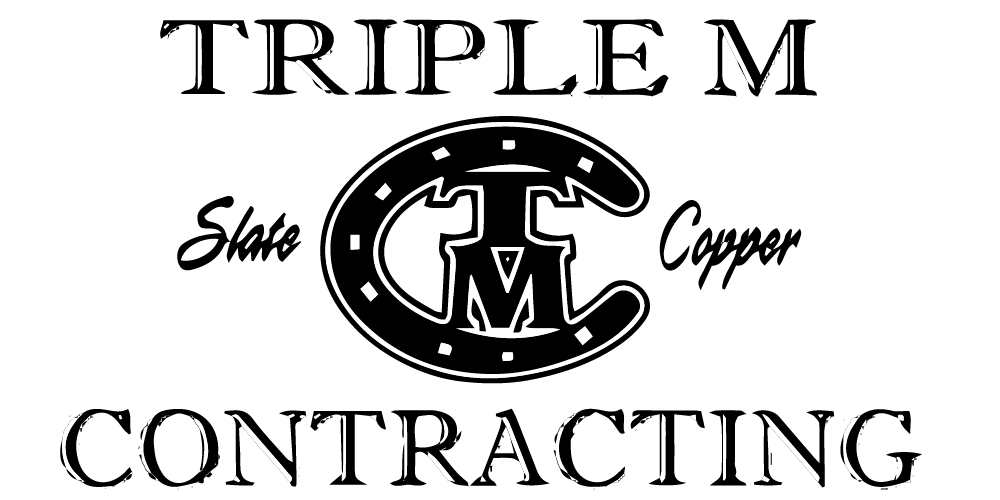The practical purpose of any roof is to protect the interior, the contents and the occupants of a building from rain, snow, heat, and cold.
In addition to these practical considerations, the roof should add to the appearance and character of the building, and the passing of time should only enhance its beauty and add to its intrinsic value.
The period of usefulness of the roof will depend upon the resistance of the roofing material itself and the materials with which it is laid to the action of the elements. To be permanent, the roofing material must be unaffected by the action of water, climatic changes and gaseous fumes in the air, and must also be fireproof. For economy, it should require no other material to preserve it. However, even though the material possesses these characteristics, a permanent roof will not be secured unless it is properly laid and its fastenings are selected for the same enduring qualities.
The permanent and fireproof qualities of slate make it eminently suitable for steep slope roofs. In no other roofing material will be found so many characteristics combining to offer such an alluring and indefinable variety in color, texture, and line.
This is easily understood when it is recalled that slate is stone, formed by nature to serve the diversified uses of man. It requires no admixture of materials, domestic or foreign; it needs no heat to form it and no process to manufacture it other than the handiwork of extracting it from the ground in blocks, splitting and trimming them to the desired size and thickness. Moreover, the first cost of slate is not as great as that of many fabricated products, and with its practically negligible maintenance, it becomes the least expensive roof covering available when service and appearance are taken into account. Besides annual savings in insurance rates most slates when removed from old roofs with care are as good as new.
